I am using a UITextView inside a tableView cell to hold varying sized text content with scrolling disabled.
In order to auto-size the UITextView I've used auto-layout to pin it to the layout and also added this method to adjust the height:
override func viewWillAppear(_ animated: Bool) {
tableView.estimatedRowHeight = 50
tableView.rowHeight = UITableViewAutomaticDimension
}
This works correctly on the initial view - when the content first loads. However, I also want the user to be able to edit the text when they tap into the content (similar to the Apple Reminders app). This works correctly with one limitation: UITextView does not expand as the content grows.
How do I enable UITextView to expand during editing without scrolling?
New details: Here is a screenshot of the current settings.
Per Matt's recommendations below, I created the following subclass.
class MyTextView: UITextView {
@IBOutlet var heightConstraint : NSLayoutConstraint?
override func awakeFromNib() {
super.awakeFromNib()
self.heightConstraint?.isActive = false
}
}
I had to modify the forced unwrapping to avoid a fatal error.

